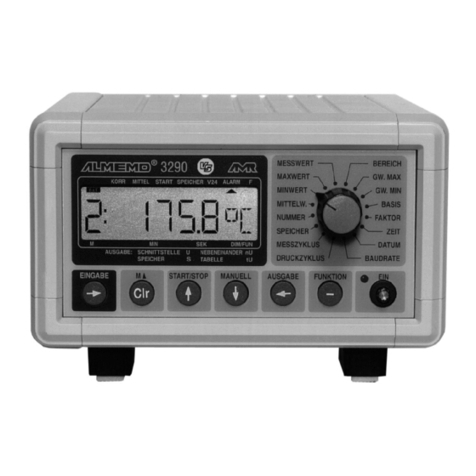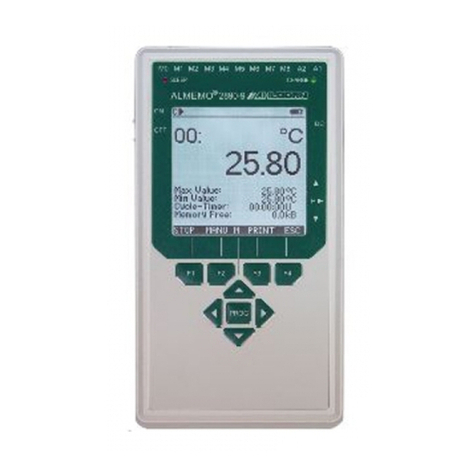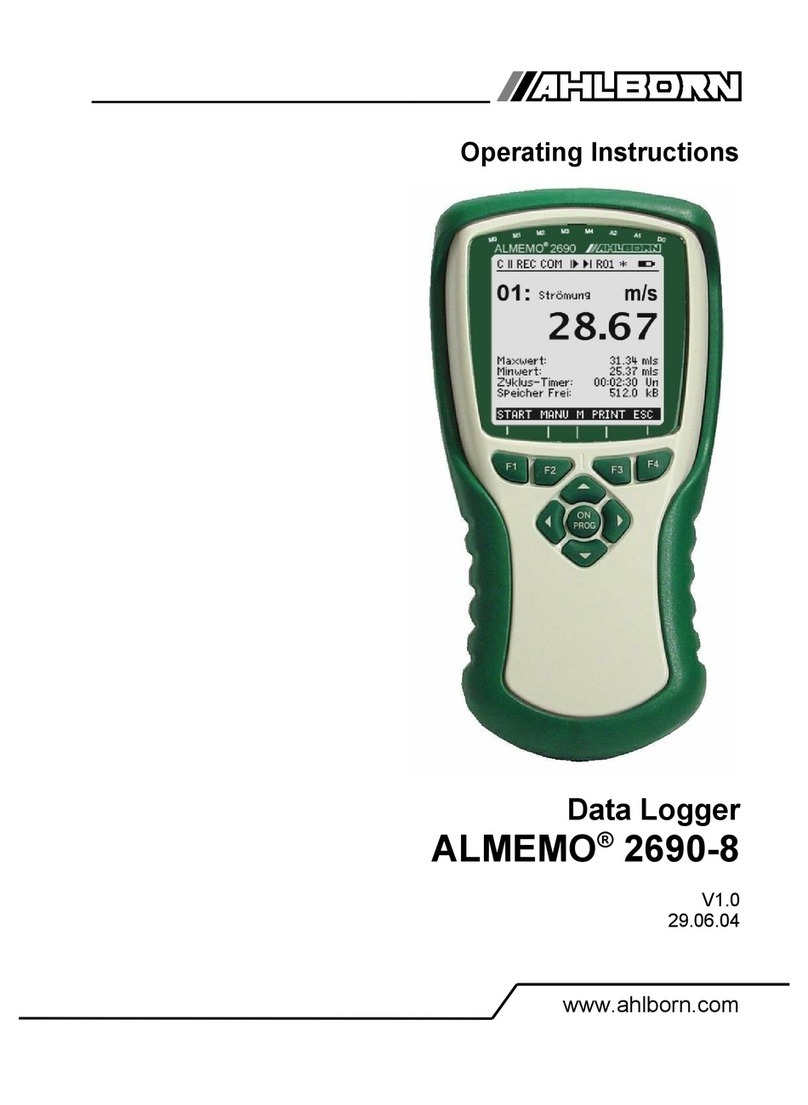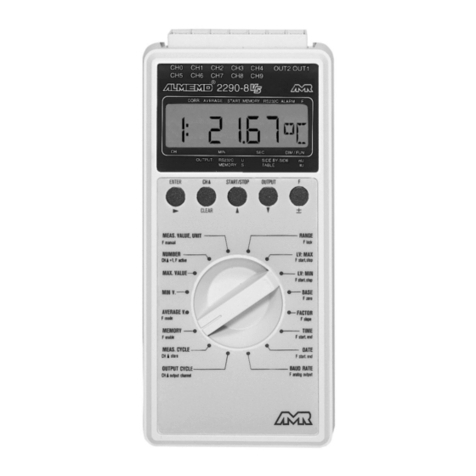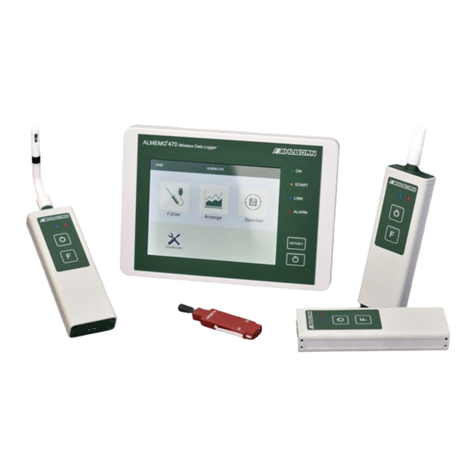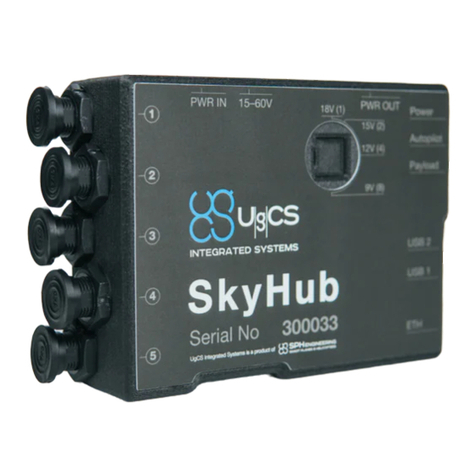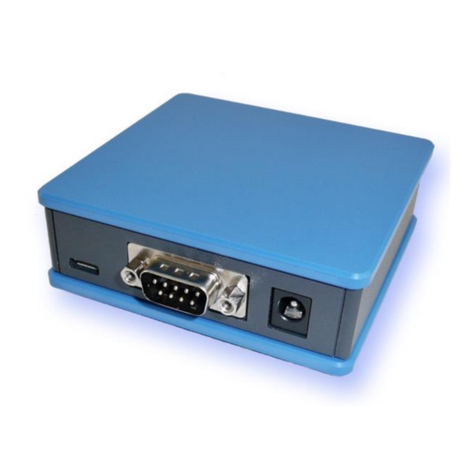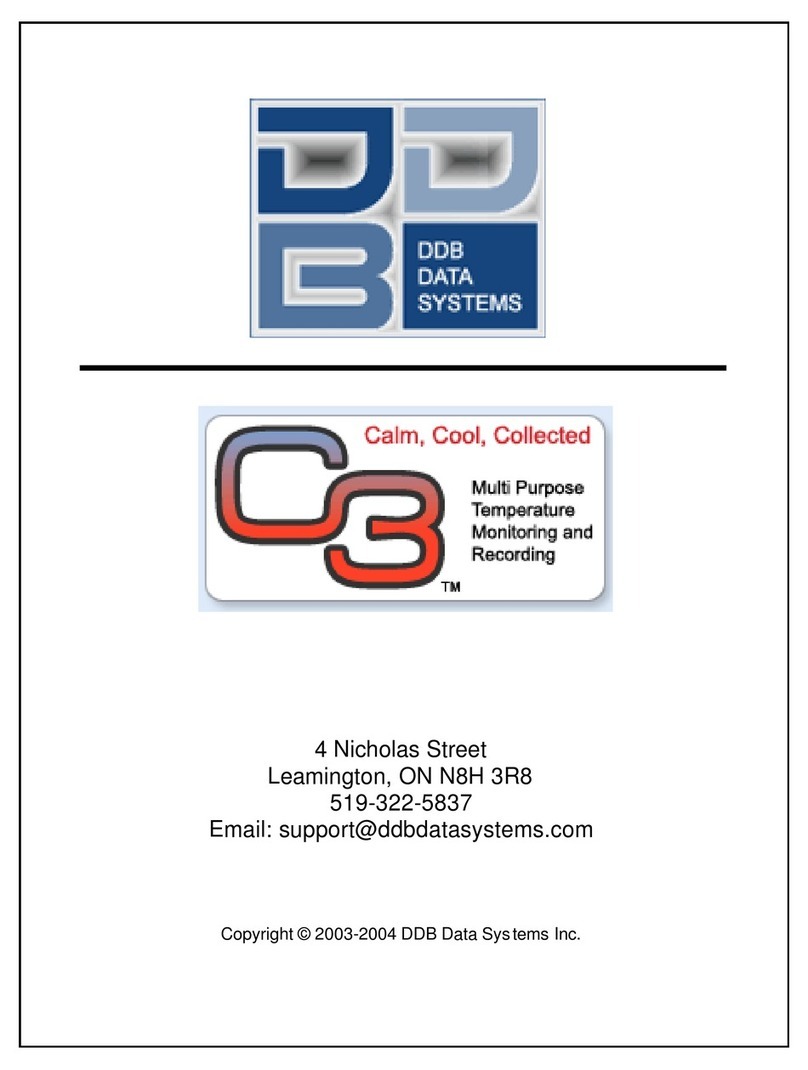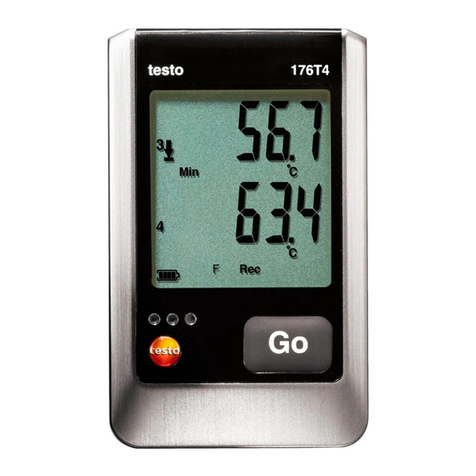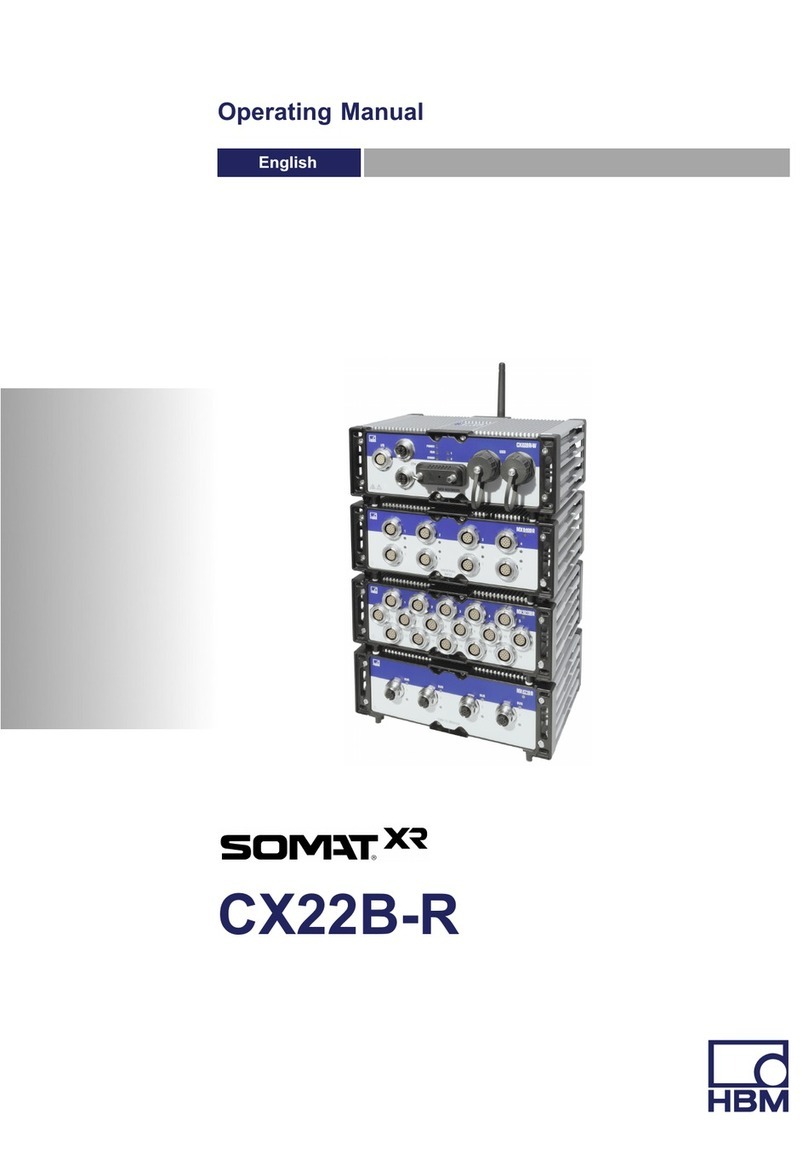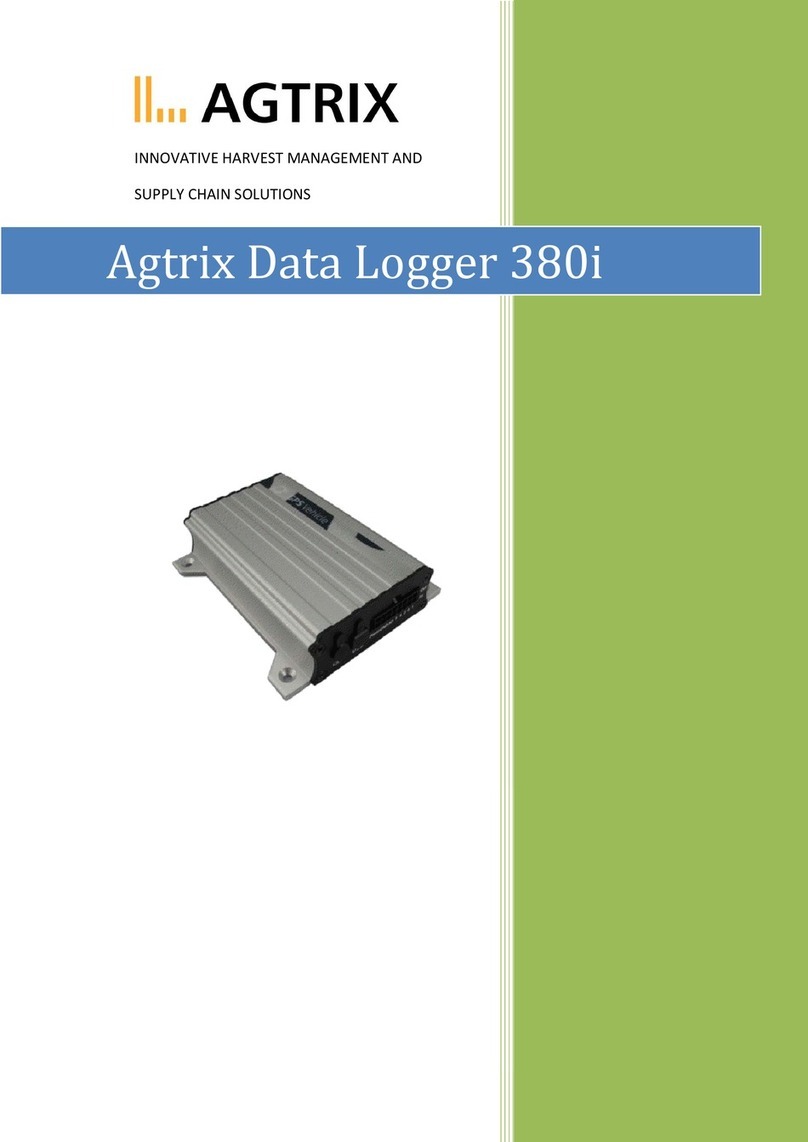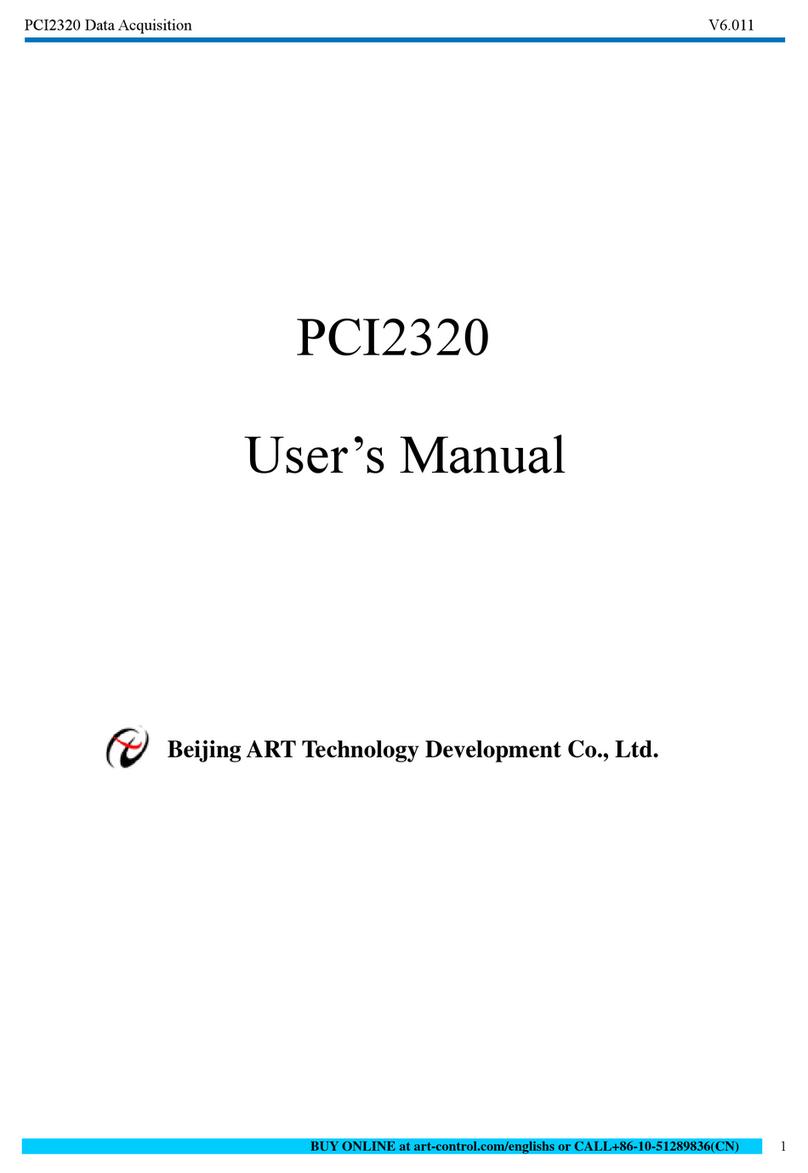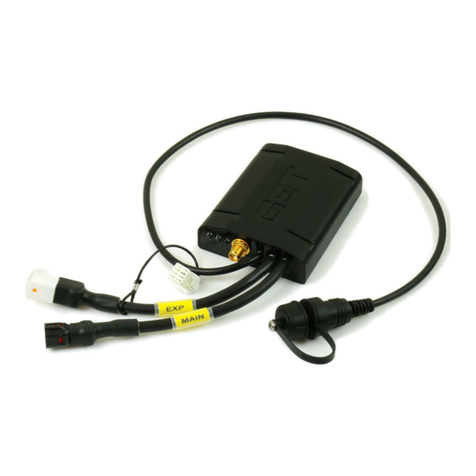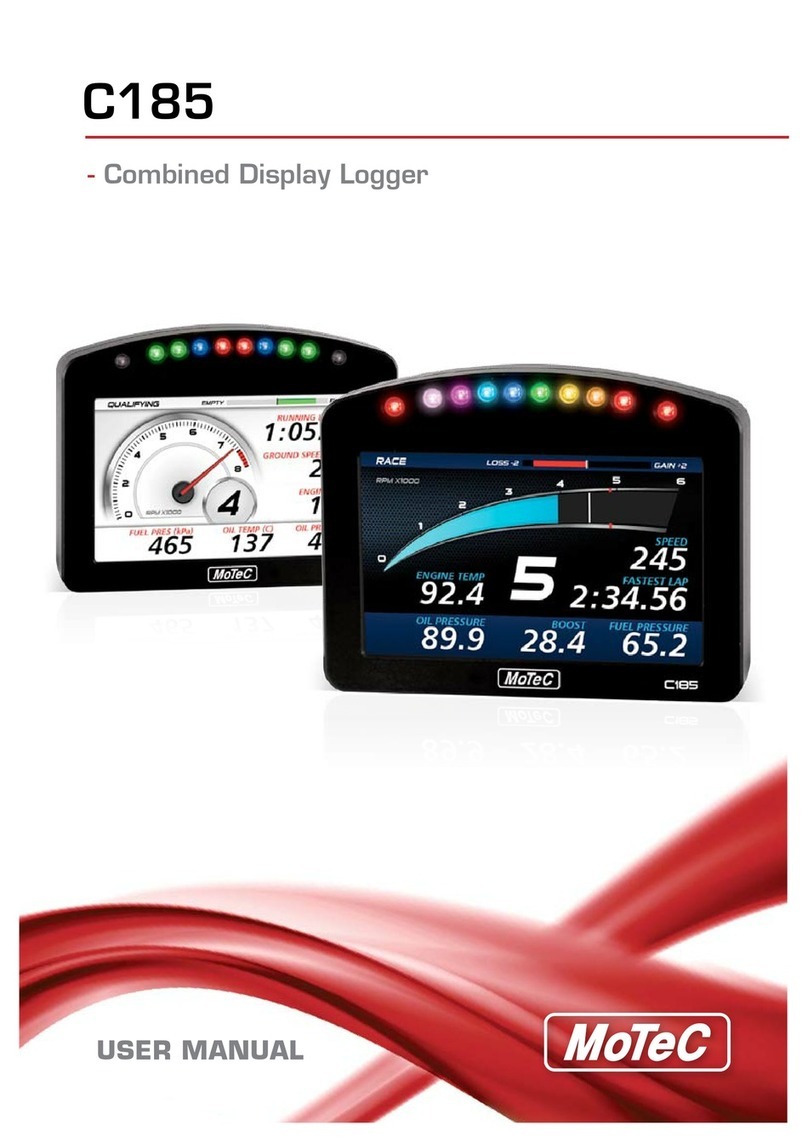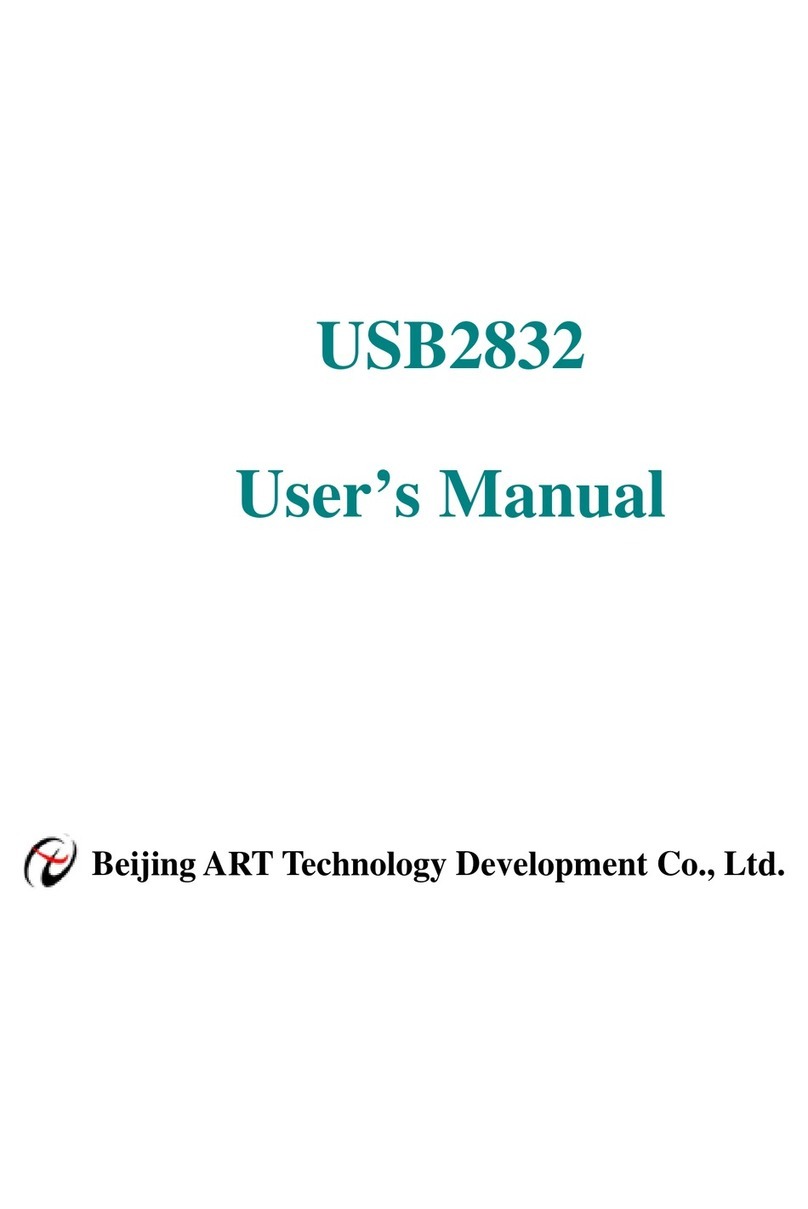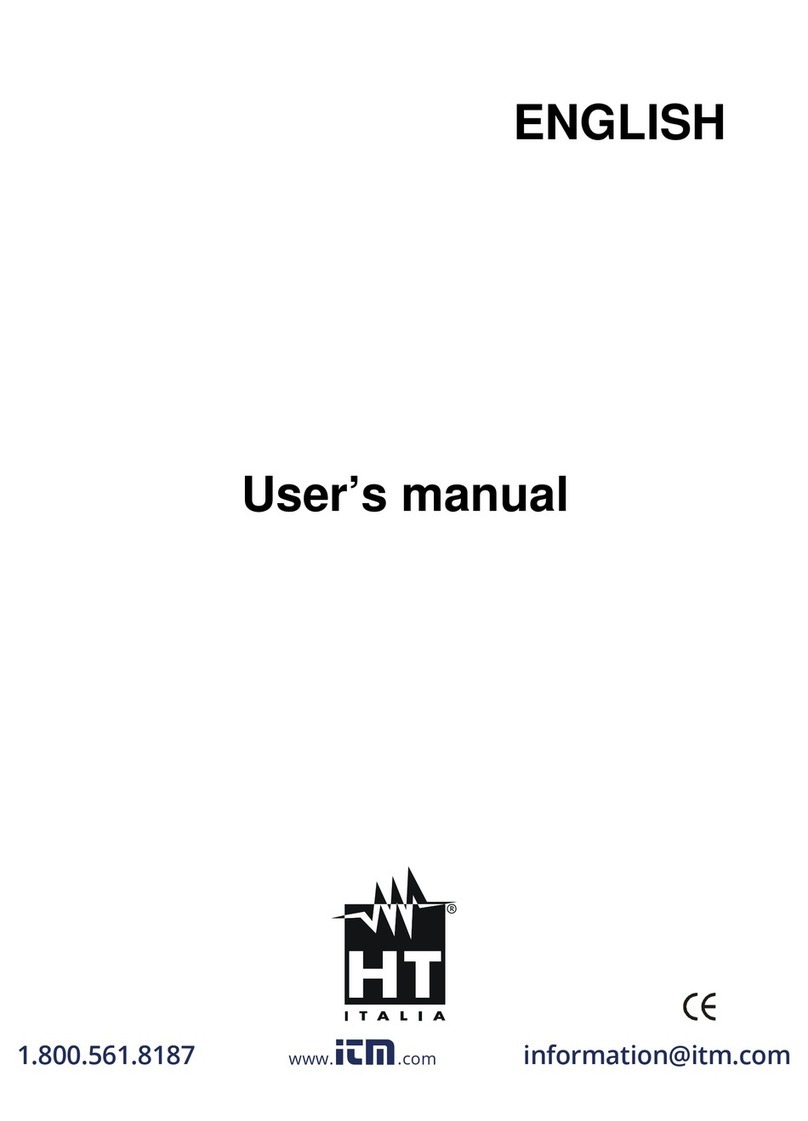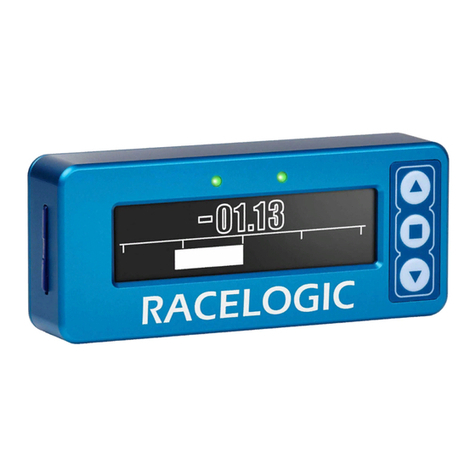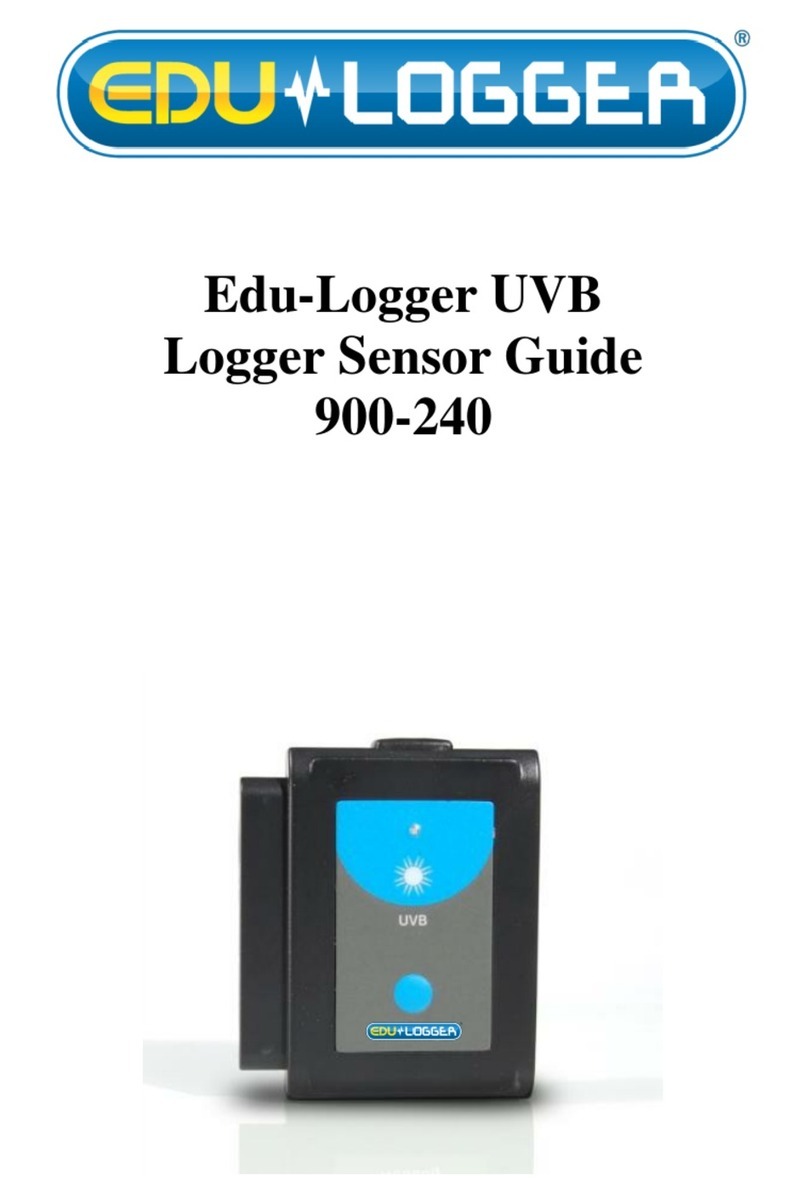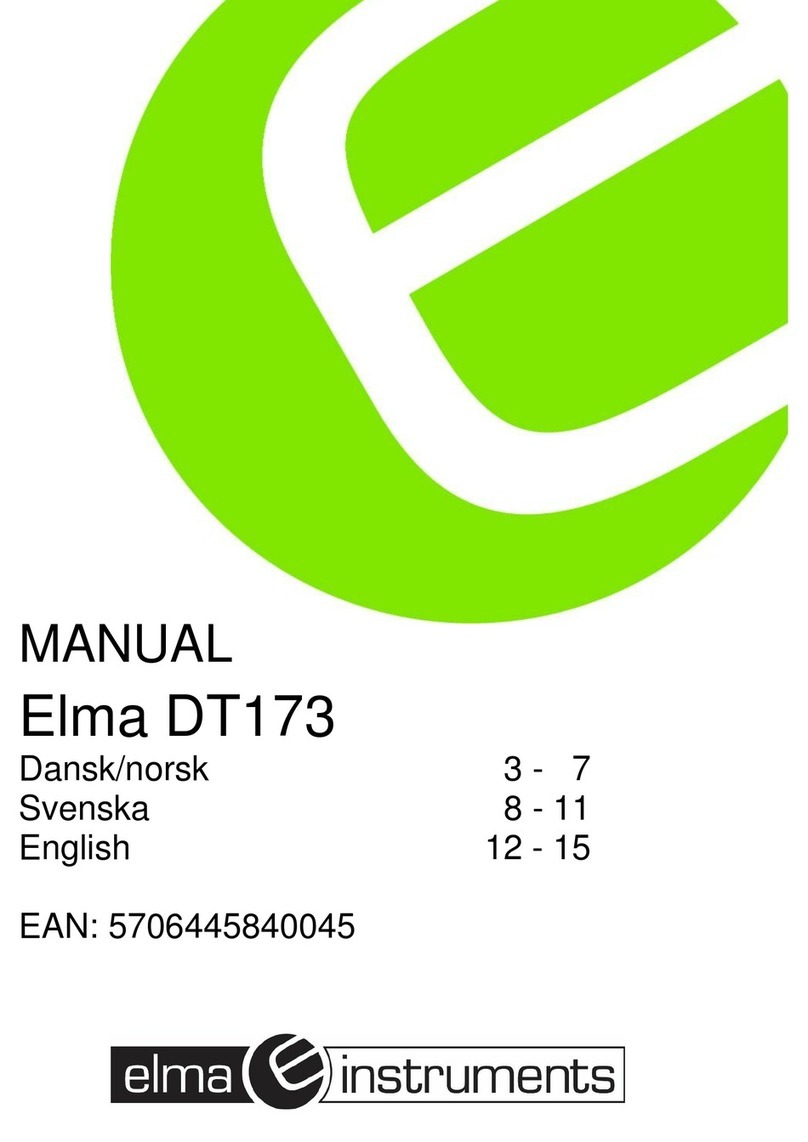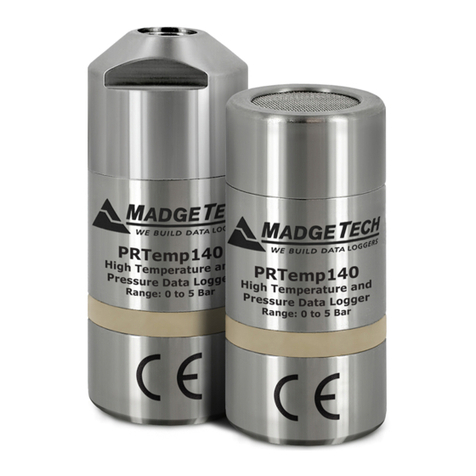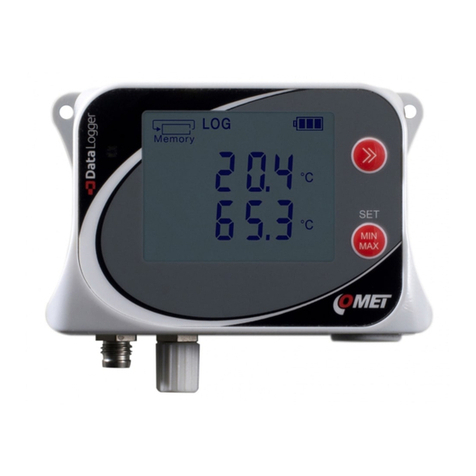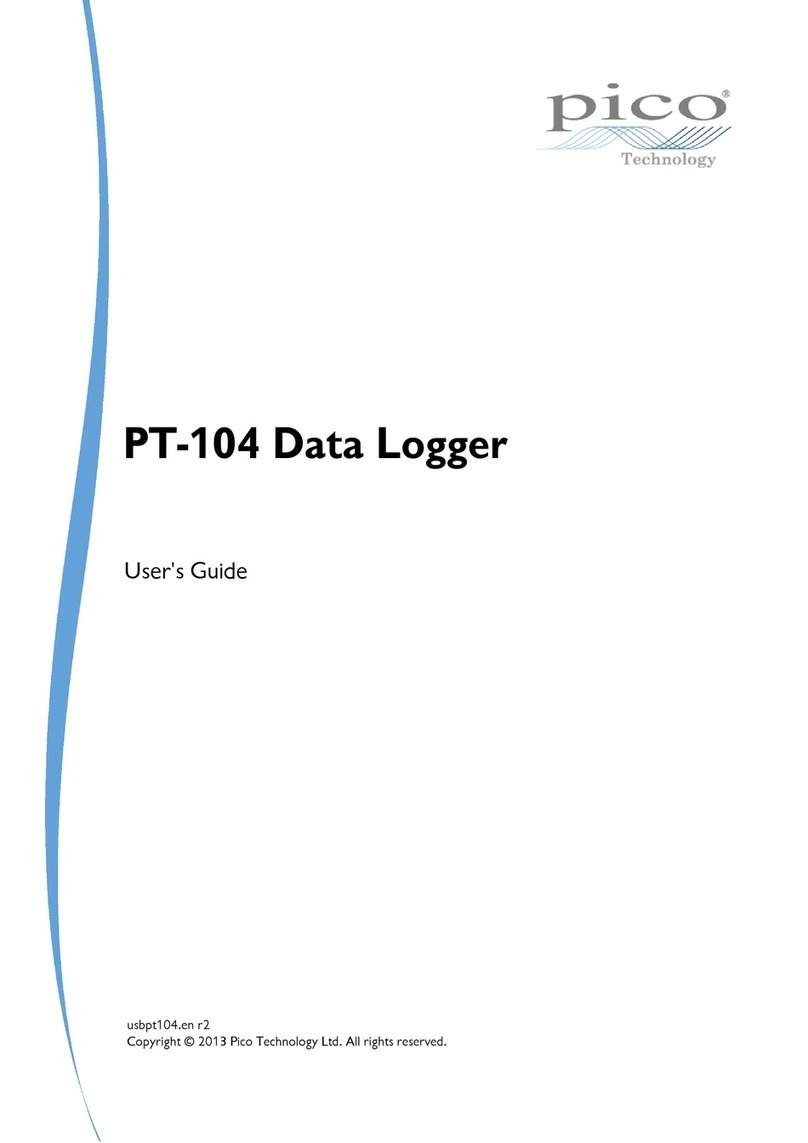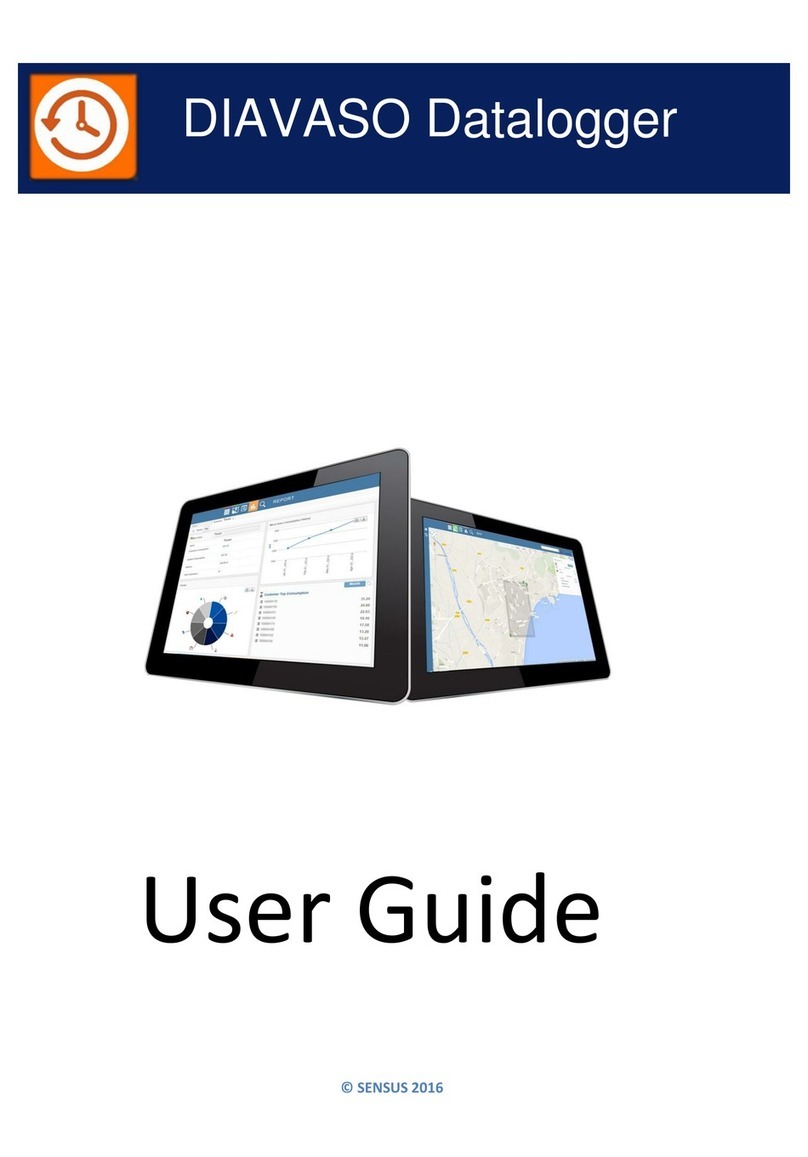
Limit Values and Alarm
Two limit values (1 max and 1 min) can be set for each meas. channel. An alarm
value printout can be performed if a limit value is exceeded and, by means of relay
output modules, alarm contacts are provided that can be individually allocated to limit
values. As a standard, the hysteresis is set to 10 digits; however, it can also be
adjusted between 0 and 99 digits. Furthermore, limit value exceeding can also be
used to start or stop a data logging.
Sensor Locking
All sensor data stored in the EEPROM of the connector can be protected against
undesired access by means of a graded locking function.
MEASUREMENT
A total of up to 36 meas. channels are available for 9 transducers, i.e. it is also
possible to evaluate double sensors, individually scaled sensors, or sensors with
function channels. The meas. channels can be successively selected forwards or
backwards via keypad or operating dial. As a standard, the meas. values of all active
meas. channels are continuously acquired at a rate of 10 meas.points/sec and
indicated on the display or, if available, provided on the analog output. In case of a
large number of meas. points the meas. point scan can be limited to one selectable
meas. point to increase the response speed.
Measured Values
The measured values of 1 to 20 measuring points can be indicated on the
display in 7 different menus (that can also be configured) in three font sizes, as
bar graph or as line chart. They are automatically acquired with auto zero and
self calibration and can also be arbitrarily corrected and scaled as required. A
sensor breakage condition is, with most sensors, automatically detected.
Analog Output and Scaling
By means of analog start and analog end any measuring point can be scaled so that
the resulting measuring range covers the full range of the bar graph or line chart or of
an analog output (2V, 10V or 20mA). The measured value of any measuring point as
well as a programmed value can be output to the analog output
Measuring Functions
Special measuring functions are required for some sensors to achieve an optimal
data acquisition. The cold junction compensation is available for thermocouples, a
temperature compensation for dynamic pressure and pH and conductivity probes,
and an atmospheric air pressure compensation for humidity sensors, dynamic
pressure sensors and O2 sensors. With infrared sensors the parameters zero point
and slope correction are used for background temperature and emissivity factor.
Max and Min Value
Each measurement involves an acquisition and storage of the Max value and the Min
value including the time and date. The values can be displayed, printed or cleared.
Average Value of a Channel
8 ALMEMO®2590-9
Function Range
